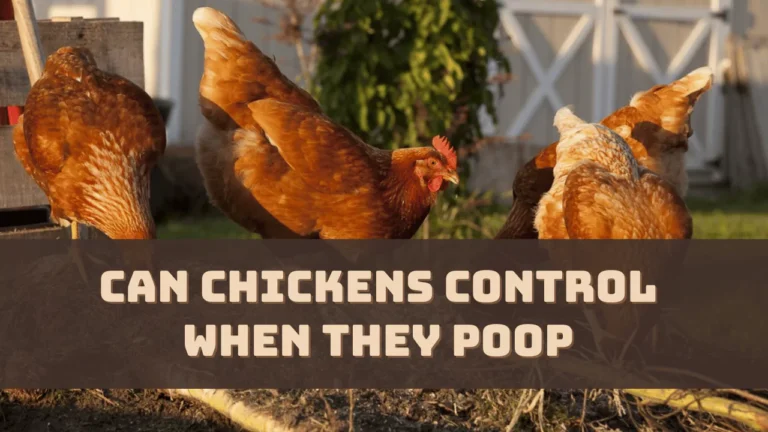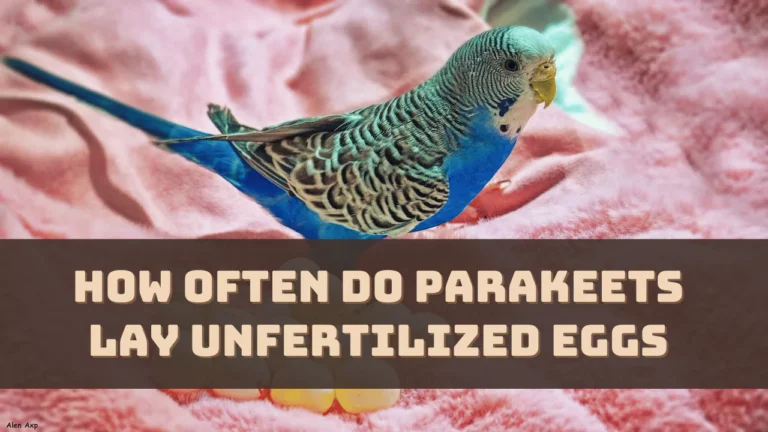Many health problems can directly or indirectly affect the beak of a bird, such as trauma, abnormal growth, nutritional deficiency, infectious disease, and more. Beaks are the extra appendages of the bird, and any damage to them can lead to severe impairment in their daily activities.
Abnormality in a beak is an indication of underlying health concentration, so if you can identify between a healthy and unhealthy beak, it will help to establish the state of the bird and provide it with appropriate treatment.
What is the Purpose of Bird’s Beak?
The primary function of the bird’s beak is to gather and eat food. It is designed for tearing, crushing, picking, and breaking into the shells to get the food. They use the beak to keep their feathers clean, preen, clean, and oil them. They also use their beak for pecking, grasping, and holding, such as manipulating and carrying objects, killing prey, and even during fighting. Based on various purposes, birds have beaks of different shapes. Birds’ beaks are known to be an exceptional tool and they also use it to communicate as well as to build nests.
11 Common Beak Problems in Birds
Here are the most common beak problems noticed in birds
Overgrown Beaks
A beak can become overgrown due to many reasons while hunting or building a nest. A bird’s beak never stops growing, so if the bird underuses it, then it can become overgrown. It can also result from infection, nutrition deficiency, or trauma.
Scissor Beak
In this situation, the beak is crossed or crooked or goes through lateral deviation. The beak deformity can occur when the upper beak of the bird gets bent to one side and it becomes worse day by day. If left untreated it causes the lower week to overgrow. In the case of young birds, the deformity can be corrected by applying pressure in the correct direction or alignment through the proper position. Otherwise, the bird’s ability to eat and drink gets affected and one needs to feed them with a syringe.
Scaly Beak
Scaly or flaky beaks can occur if the layer of keratin starts molting, which generally is a result of poor diet and nutritional deficiency. Also, parasitic infection can cause scaly beaks and other problems which are known as scaly face mites, where tiny mites can dig or burrow near the beak and ceres of the bird. However, these mites are occasionally found in the feet of the birds. They start to feed off the keratin present in the beak of the bird which causes it to become scaly, thick, and flaky crust. Most of the small birds are susceptible to these mites and with proper medication, it can be recovered.
Discolored Beak
Due to nutrition deficiency, the beak can become discolored. If it is a problem of the appetite, by going through the bird’s dropping, you get to determine whether the bird is getting enough nutrition or not. When you introduce the bird to a healthy and nutritious diet, the beak color returns. However, in some birds, with age, the beak color changes, so you need to seek assistance from a veterinarian whether it is due to nutrition deficiency or aging issues.
Soft Beak
In some birds, the beak can become soft and rubbery, which is again a nutritional deficiency resulting from calcium and vitamin D. When the condition is in its early stage, the beak can be restored to its normal condition by introducing the bird to nutrients and a high-quality diet. Mostly smaller birds are susceptible to developing soft beaks, so you need to keep an eye on the texture change of the beak.
Prognathism
During prognathism, the upper beak rests either on inside the lower beak which is quite similar to a human underbite. It is a genetic problem, however, it can also result from nutrition deficiency, trauma, and parasitic disease. To treat the beak, a veterinarian needs to trim it back to its normal shape. Otherwise, minor manipulation or pressure is required to correct the deformity. If the condition is severe, then excessive remodeling might be required.
Trauma
A bird can get injured during a fight, which is usually seen during the mating season or when it hits the floor or wall. Also, if they try to chew the electric wire or run into a window or ceiling fan, the bird experiences trauma which creates a beak problem. Also, if the beak gets stuck in the cage bar, it can result in injury which can fracture the beak. The beak can also get punctured or avulsions, where the beak becomes partially or completely torn off the face and this calls for an emergency where the bird immediately needs veterinary assistance.
Abnormal Growth and Development
In some baby birds, it is seen that there is an abnormality in the growth of the beak, where the beak has either outgrown or the upper or lower beak has grown too long. There is a lateral division of the upper and lower beak and mandibular prognathism is also seen which is also called parrot underbite. In this condition, the tip of the rhinotheca rests on or inside the gnathotheca, which also results from nutritional deficiency during the development or can be genetic. With dental appliances, this condition can be fixed in which braces are used to straighten out the beak or to correct the beak.
Cancer
Birds often develop cancer, which affects the squamous cell, also known as carcinoma or melanoma. This can develop due to genetic or environmental factors which occur in the form of erosion, discoloration, or development of mass on the beak. With surgical procedures, it can be removed and treated.
Nutritional Deficiency
Due to nutritional deficiency, such as fat liver, the disease can occur which leads to overgrown or scaly beaks, mostly among the smaller birds. The beak can become soft, and rubbery due to lack of calcium or vitamin D. The treatment involves proper diet and medication, and with time the symptoms can be reversed.
Infectious Disease
Secondary problems on the beak can appear if it gets infected by viral, bacterial, or parasitic pathogens. Also, the bird can develop a fungal infection where the beak becomes affected along with the legs, face, and feathers. It can only be treated with antibiotics and antifungal medication, so you have to take quick action and be careful while creating these conditions. This problem should be addressed by a veterinarian, as early diagnosis and treatment can result in a good prognosis
What are the Signs of a Healthy Bird Beak?
To understand what a healthy beak looks like, you have to do a quick scan of the beak every day. It should be symmetry and look the same from left and right. The beak should be smooth without any textured grooves. There should not be any peelings or dry flakes. The beak should also be inappropriate length, so based on the species, you should have the knowledge of the average beak length. You should be familiar with the beak color, if the color is starting to fade or become discolored, it is an indication of health issues.
How Can You Prevent Bird’s Beak Problems?
To prevent beak problems in birds they need specific nutrition and an environment that is well-suited for the species. Also, get appropriate chew toys, perches, and climbing options. The beak should be properly groomed and the bird should stay in a safe environment to decrease the chances of traumatic injury leading to beak problems.
How to Treat a Bleeding Beak?
A broken or bleeding beak should be treated immediately, otherwise, it can also lead to a fatal condition or death of the bird. First, to keep the bird alive, you have to stop the bleeding by applying pressure to the wound using a clean cloth. Once the bleeding stops, clean the wound, apply antiseptic, and wrap a gauze around it. Provide the bird with fresh water to prevent dehydration, and if the bird is still alive after 24 hours. You have to take it to the veterinary for intensive care, followed by treatment and medication.
What are the Diagnostic Procedures for Bird’s Beak Problem?
The diagnostic procedures involve blood tests, X-rays, and CT scans, which rule out other potential causes of beak problems. You can also consult with an avian veterinarian at the earliest and any delay can lead to serious complications. If the bird is facing difficulty in eating or drinking, then it can be life-threatening for the bird. Usually, medications are provided for treatment. Otherwise, surgery is prescribed to repair a damaged break. Often, metal pins are also used to stabilize the area while it is healing. If the injury is serious, then amputation might be required. Otherwise, physical therapy can also help to recover the bird from injury and to help it return to normal activity.


![Can Ducks Have Celery? [Explained] 7 Can Ducks Have Celery](https://masterbirds.com/wp-content/uploads/2024/02/can-ducks-have-celery-768x432.webp)

